Understanding Different Types of Lighting in Photography
Each and every one of us photographers need to understand how light works in order to take the best photos.
Lighting is the most important concept in photography, and once you know how lighting works, you’ll be able to manipulate light and bend it to your will.
Your photos will look better once you understand how lighting affects all aspects of photography.
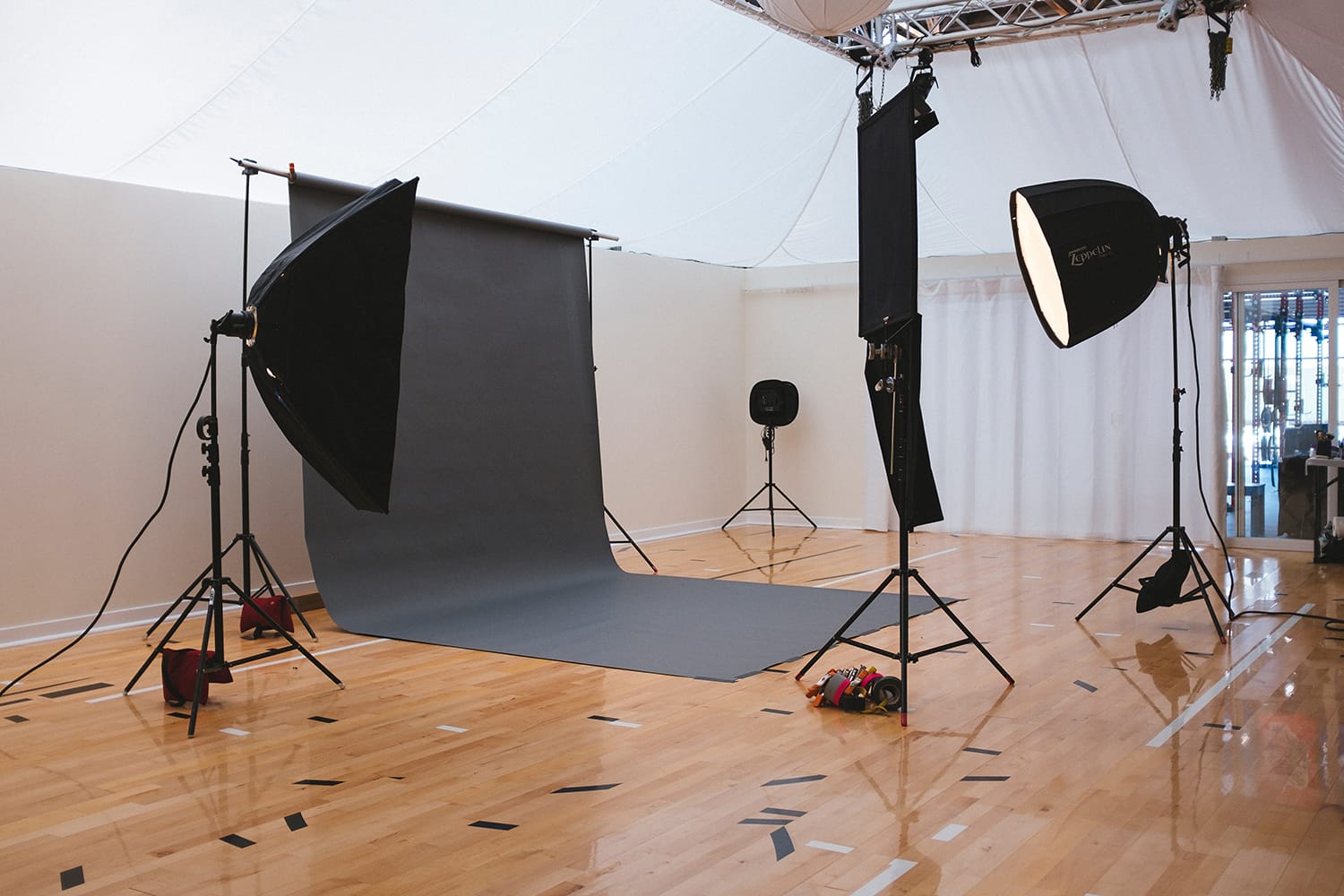
Dispersion
Dispersion is when you break up lighting. You can either do it with screens, softboxes, or curtains in a studio or with natural light with clouds, for example.
Dispersion can be used to achieve a soft lighting effect. It can also be used to achieve subtle effects in shading and shadows.
Dispersion is an important concept/technique in photography, especially when getting started. Having the ability to disperse light to make it softer is a great step in changing a photo’s mood. It’s such a useful skill to have in your arsenal.

Reflected Light
Reflected light is when you use reflectors to control how the light falls onto your subject.
There are many ways to use reflectors to control light, but the basic idea is to illuminate parts of your subject by reflecting light off of a surface.
Using reflectors is very common in portrait photography. Reflectors are inexpensive and require no power; they’re essentially just a reflective surface. As long as you can move them around to manipulate the light, you can use reflectors successfully.
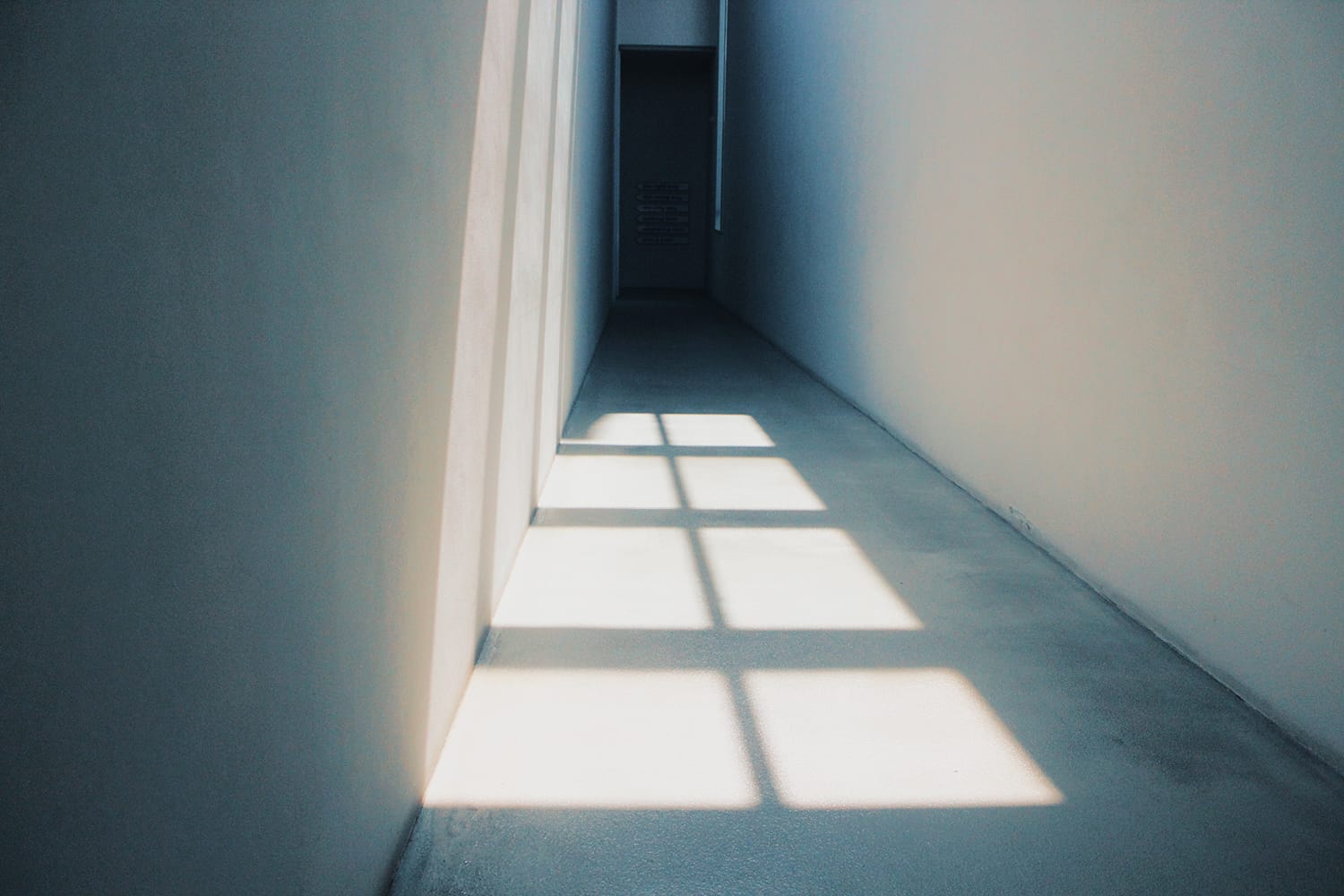
Hard vs. Soft Light
Soft lighting is when your light source is diffused or dispersed, creating softer shadows. This can be achieved with a softbox or even a flash diffuser. The idea is to get the light to go through a semi-transparent material, so it’s not directly pointed at your subject.
On the opposite spectrum, hard lighting is when the lighting source is pointed directly at your subject. This creates high contrast and hard shadows in your photos.
This can be created with natural light by utilizing the midday sun or artificially with a speedlight or other non-diffused light source.
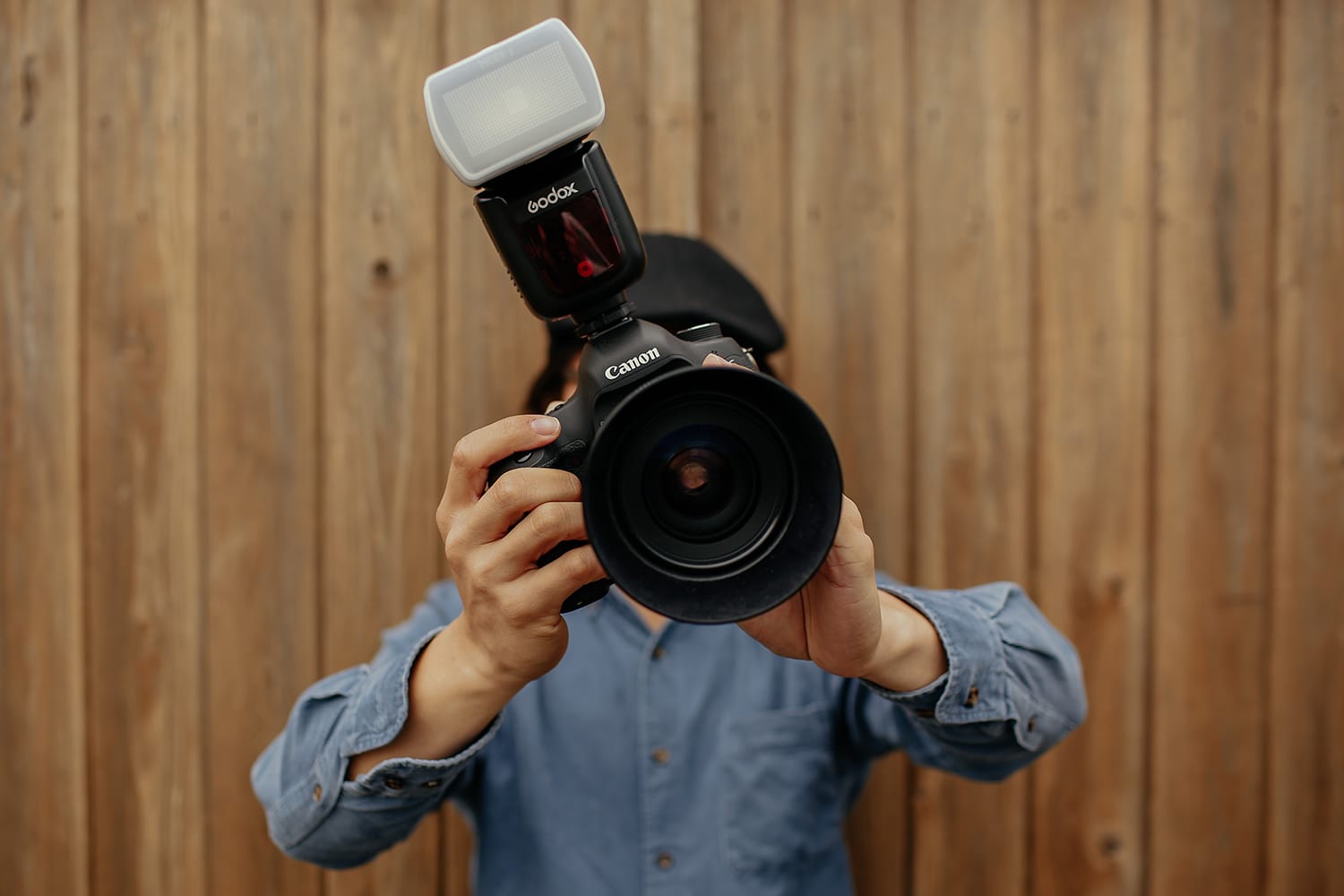
Natural vs. Artificial
Natural lighting can be difficult to learn. You’re at the mercy of the elements and cannot control what the sun is doing and where the clouds are positioned.
You will need to wait for the sun to be in the middle of the sky with no clouds for more direct lighting.
For softer lighting, you will need to wait for sunset or sunrise with clouds. Overcast days are great for softer lighting.
Artificial lighting is easier to manipulate since you can use reflectors and diffusers to create the effect you want. Artificial lighting can also be used to develop more specific lighting effects as your techniques with these tools improve.
When you want an exact look for a photograph, mastering artificial lighting is the key.
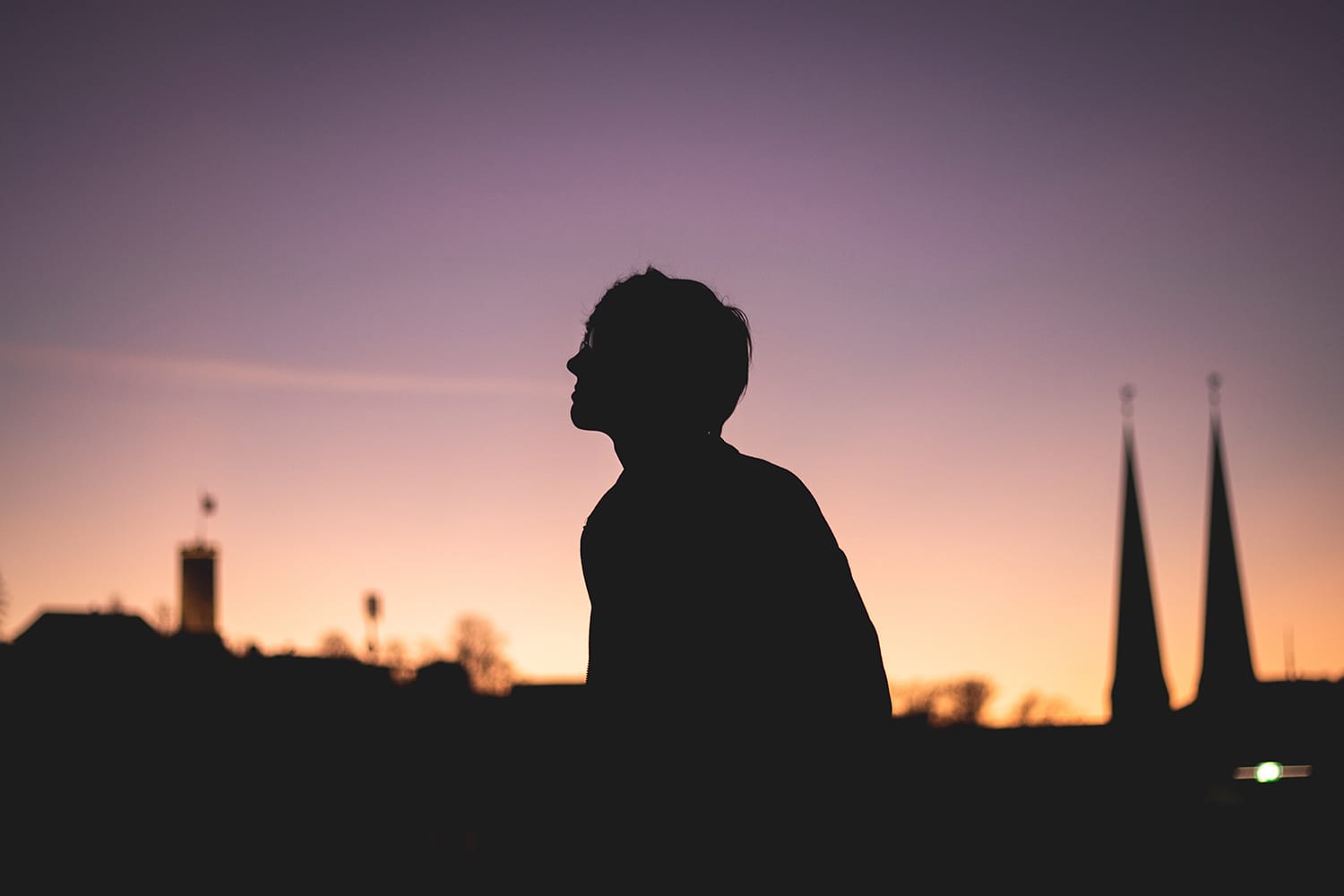
Front vs. Back Light
Front lighting, or flat lighting, is exactly what it sounds like. The light is focussed directly in front of your subject. This creates a minimal amount of shadows on your subject.
This kind of lighting is good for portraits and symmetry lighting because the lighting effect will emphasize the symmetry of your subject’s face.
Backlighting is the opposite, where the light source is behind the subject. If you want to play with silhouettes, this is the way to go.
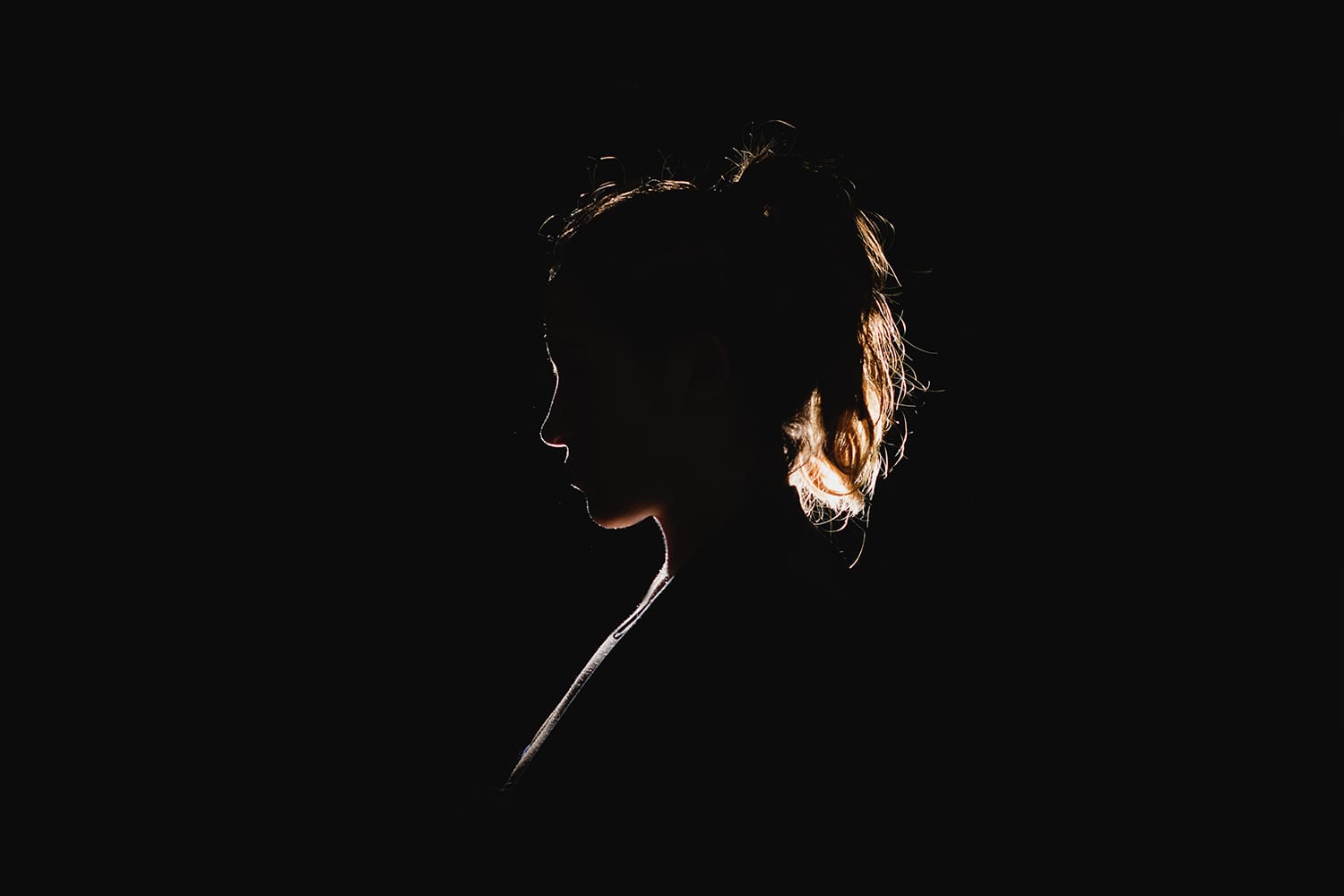
Rim Lighting
Rim lighting is a form of backlighting where the light comes from behind your subject, creating a glowing outline or highlight around it. This is such a powerful and captivating effect as it can set your subject apart from the rest of the elements in a photograph.
This effect can be achieved by using artificial light and reflectors to draw the light around the subject. The light source should be above and behind the subject. The goal is to create a contrast between the subject and the rest of the photograph.

Loop Lighting
Loop lighting is a technique commonly used in portrait photography. The loop refers to a loop of shadow from the nose to the cheek. It’s not an overly dramatic effect and works for almost every subject since it’s less intense.
To achieve this effect, position your light source (speedlight/softbox) slightly higher than your model’s eye level at a 45-degree angle.
The effect’s intensity can be adjusted by moving the light closer or further away from the subject. Using reflectors and filters can also help draw the light to where it needs to go for the intended effect.
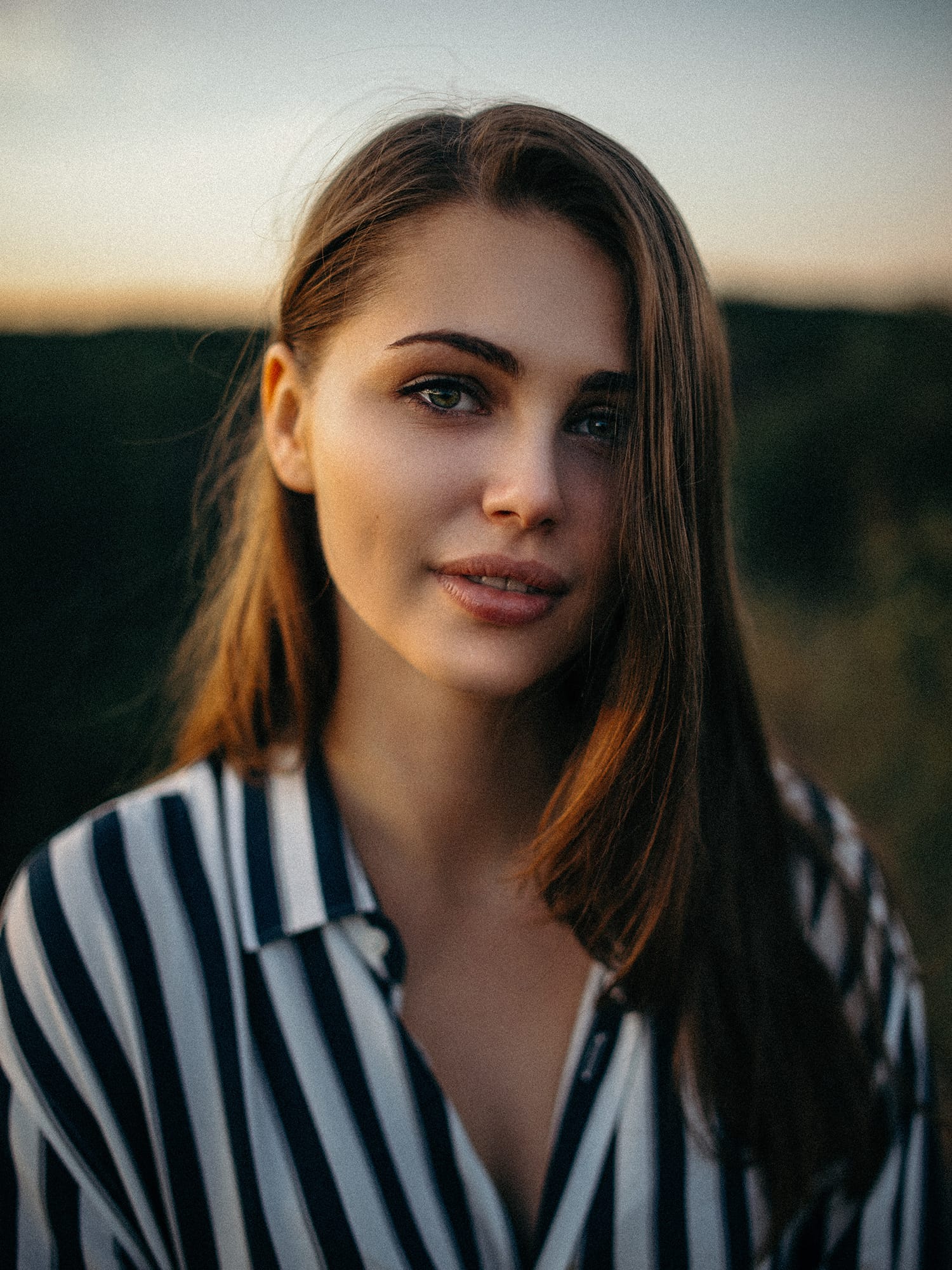
Broad Lighting
Broad lighting is a common technique for graduation and other event photography. This technique can help models with thinner faces look like they have fuller faces.
This is also a good technique to play with angles since the model is turned away to achieve this look. This lighting technique is achieved by shining a light source on the model at an angle and have your model look away from the light.
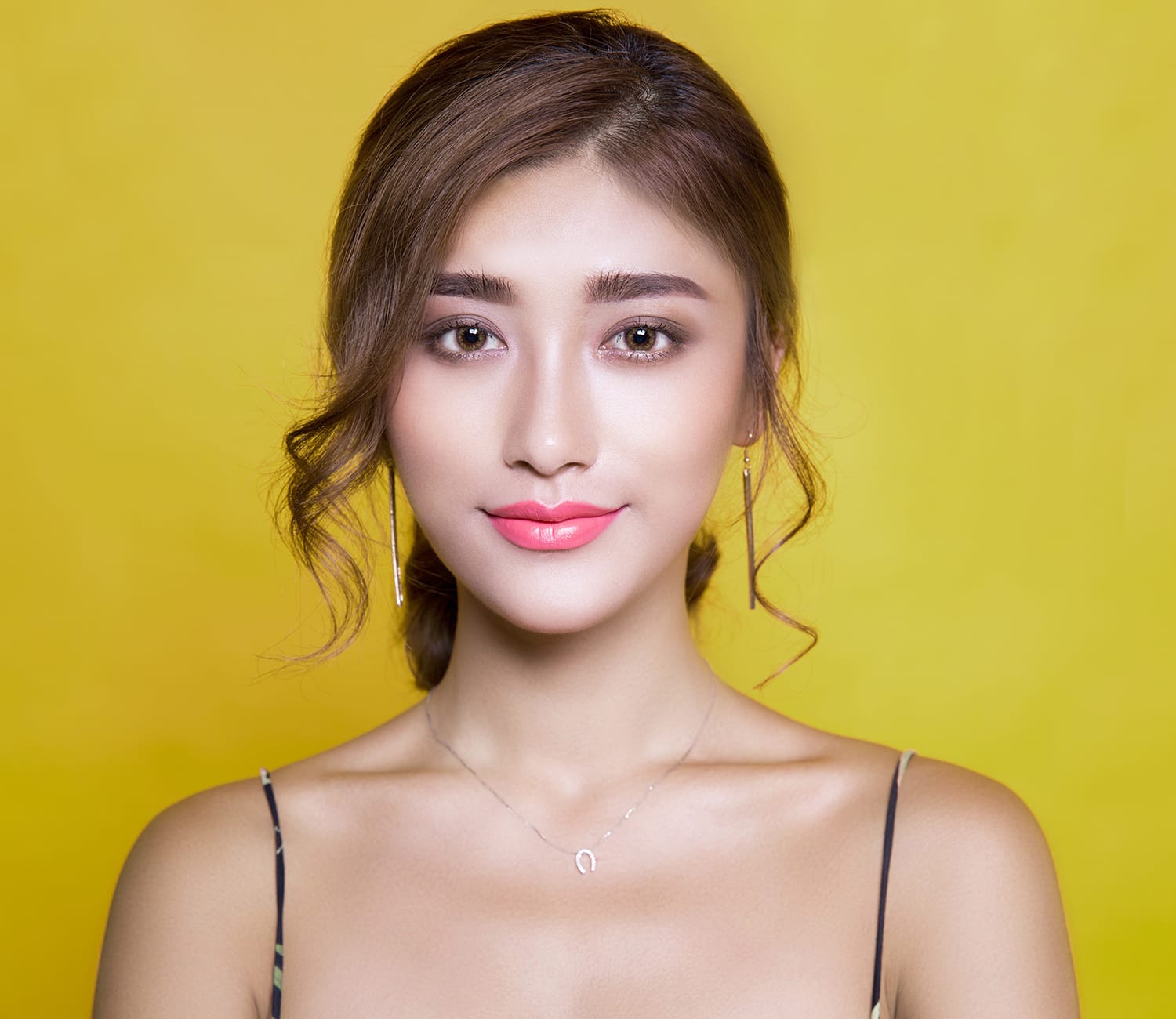
Butterfly Lighting
Butterfly lighting is typically seen in glamor shots and, similar to loop lighting, is named after the effect this has on the model’s face.
For this effect, you’ll want to position the light source below the model to create a butterfly shadow under the nose. This highlights other aspects of your model’s face and emphasizes cheekbones.
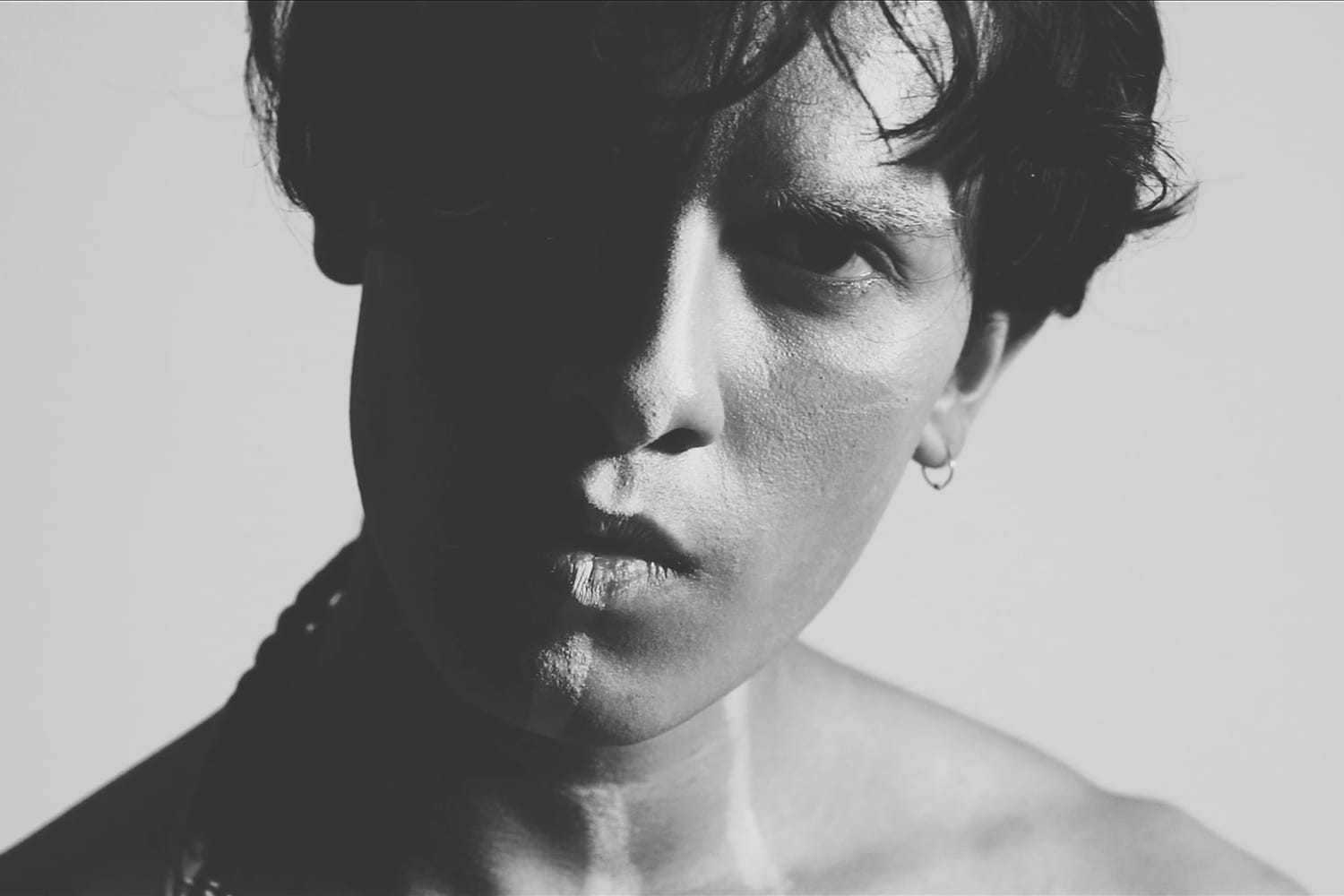
Split Lighting
Split lighting is when light hits the subject at a 90-degree angle to the light source. This results in a straight line down the center of your subject with one side lit and the other dark. This form of hard light is typically used for dramatic portraits.
To get this effect, you need to ensure that that light is only hitting the subject at one angle. This is typically done with reflectors and artificial lights.
Filters can also be used to prevent glare that hard lights can have. A diffuser can also be used to create a more subtle effect.

Rembrandt Lighting
This lighting style is named after the artist whose portrait paintings were known for having split lighting with the side in shadow having a triangle of light under the eye. It can be replicated in photography, as well.
This is a useful technique to add dimension and depth to your subject.
This is a tricky technique that requires knowing how to direct light to the right spots. A single light source and a simple diffuser will do the trick.
Place your light source at a 45-degree angle in front and slightly upward of your subject, and then place a reflector on the other side. Your shooting position will be between the light source and the reflector.
Summary
Mastering diffusion and reflectors and knowing where to place your light source are vital skills for any photographer, especially portrait photographers.
Both artificial and natural light and pros and cons, and can create subtle or dramatic effects. The key is to keep experimenting! Happy shooting :)
